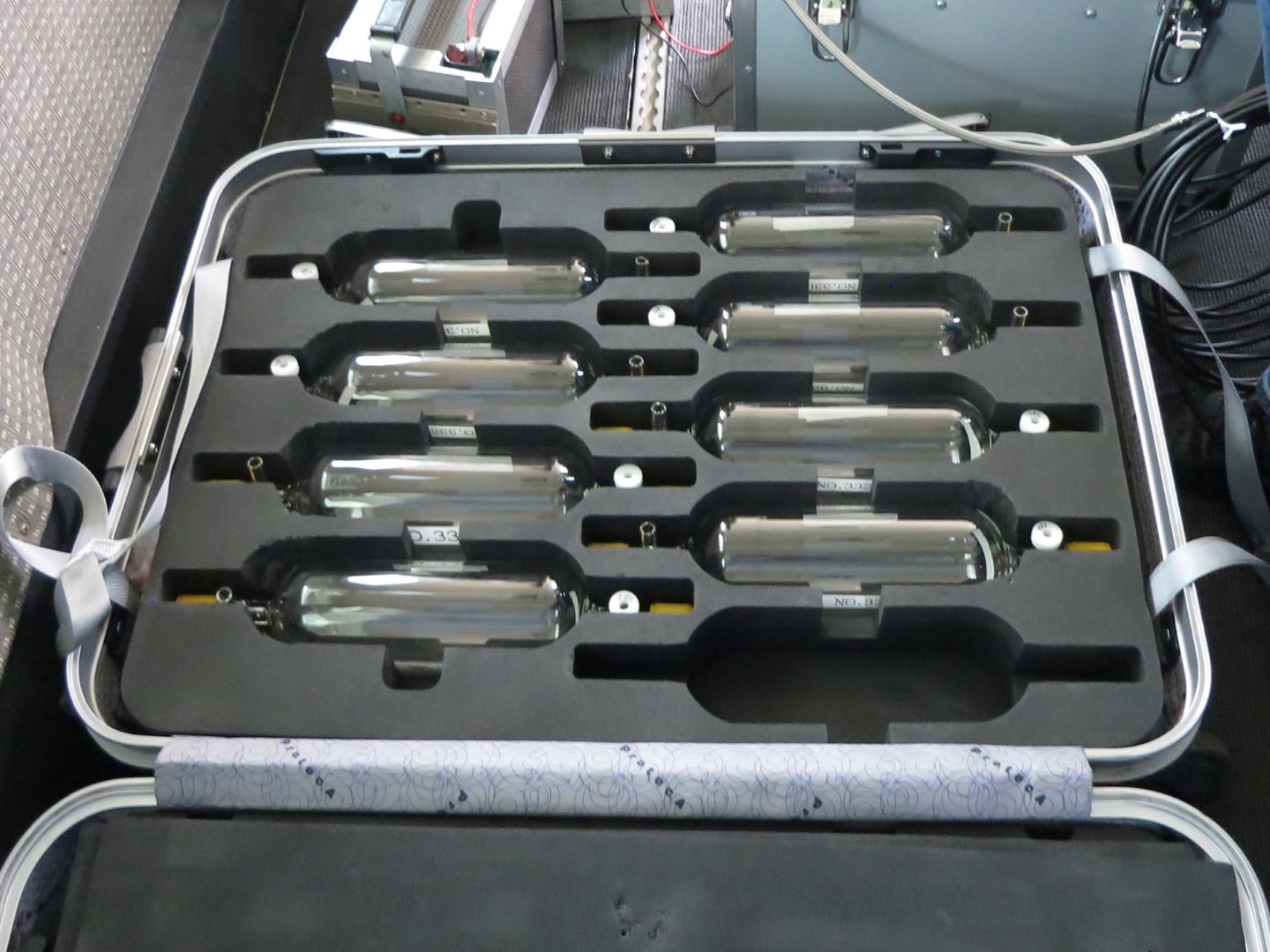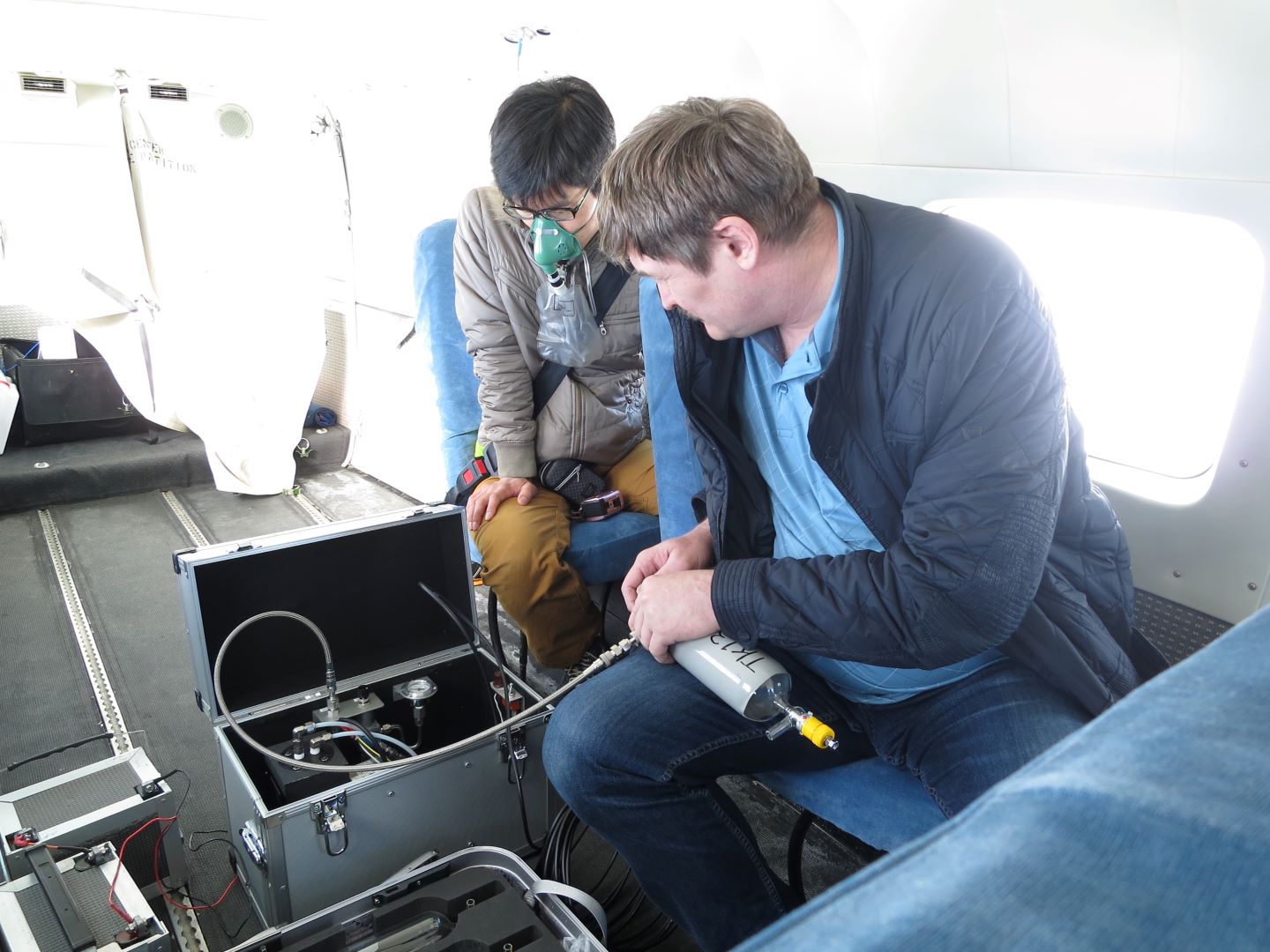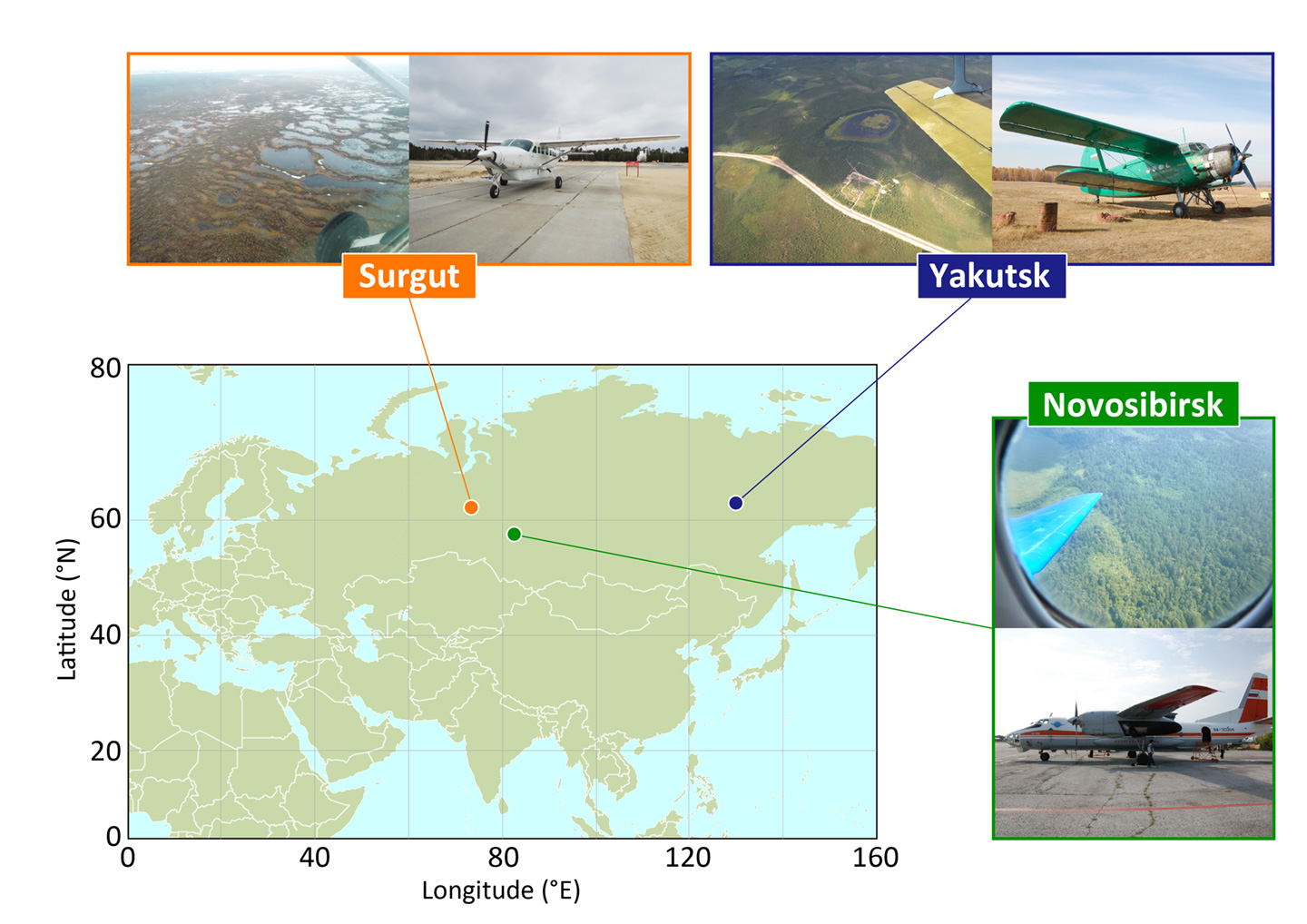Monitoring of Greenhouse Gases over Siberia
Objectives and Outline
Objectives
For better understanding of the magnitude and distribution of the sources and sinks of GHGs such as atmospheric carbon dioxide and methane, it is important to know the spatiotemporal variations of these gases. GHG observations had been conducted mainly for the background atmosphere at coastal areas or over the oceans. Since 1992, the Center for Global Environmental Research (CGER) carried out intensive airborne observations of GHGs over Siberia for three years, and in 1993 also started regular air sampling over Siberia to capture long-term variations of GHGs in the continental interior. This made it possible to conduct regular observations of the vertical distribution for GHGs, which are limited in the world, and to directly assess how terrestrial ecosystems affect the changes in GHGs
Outline
Air sampling is conducted once a month over three sites with different vegetation in Siberia. The characteristics of each site are summarized in the table below. The sampled glass flasks (0.75-liter capacity) are sent back to Japan to measure the concentrations and isotope ratio of GHGs and related gases.





